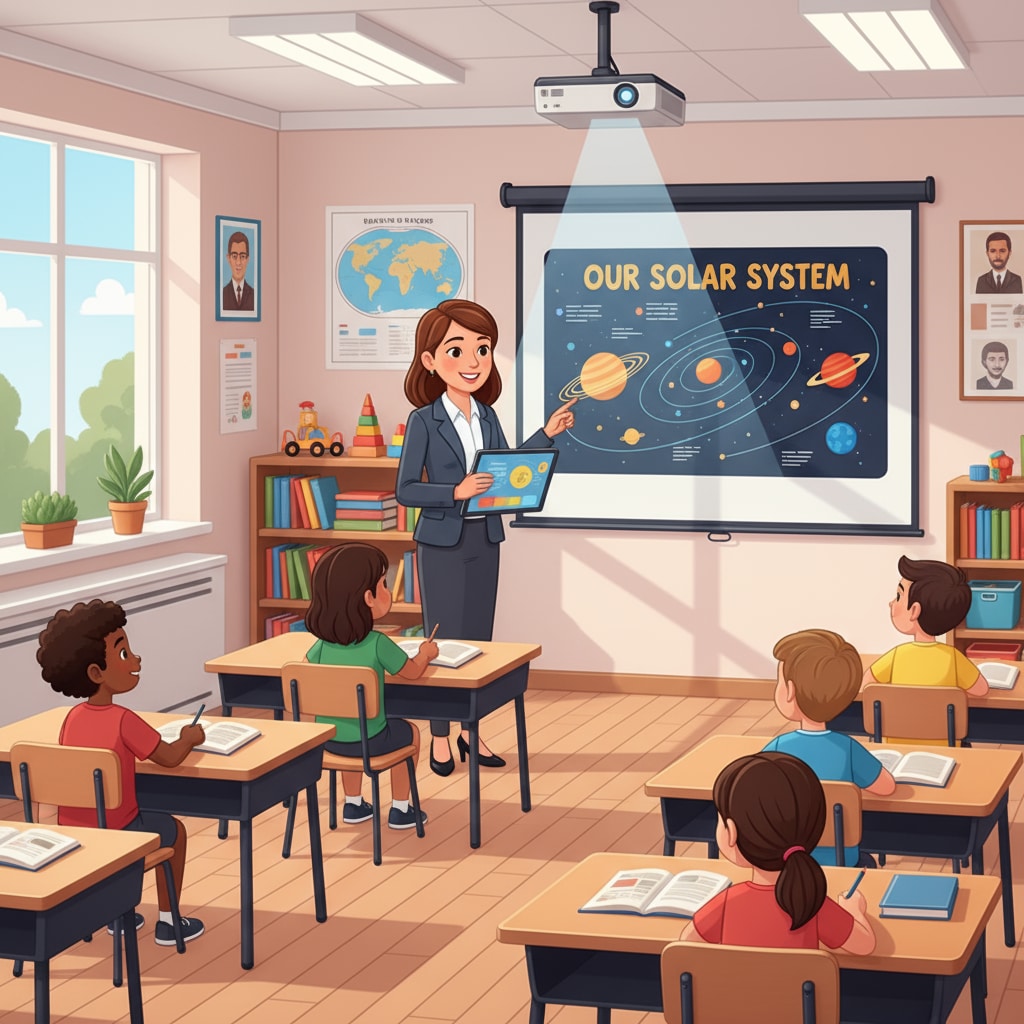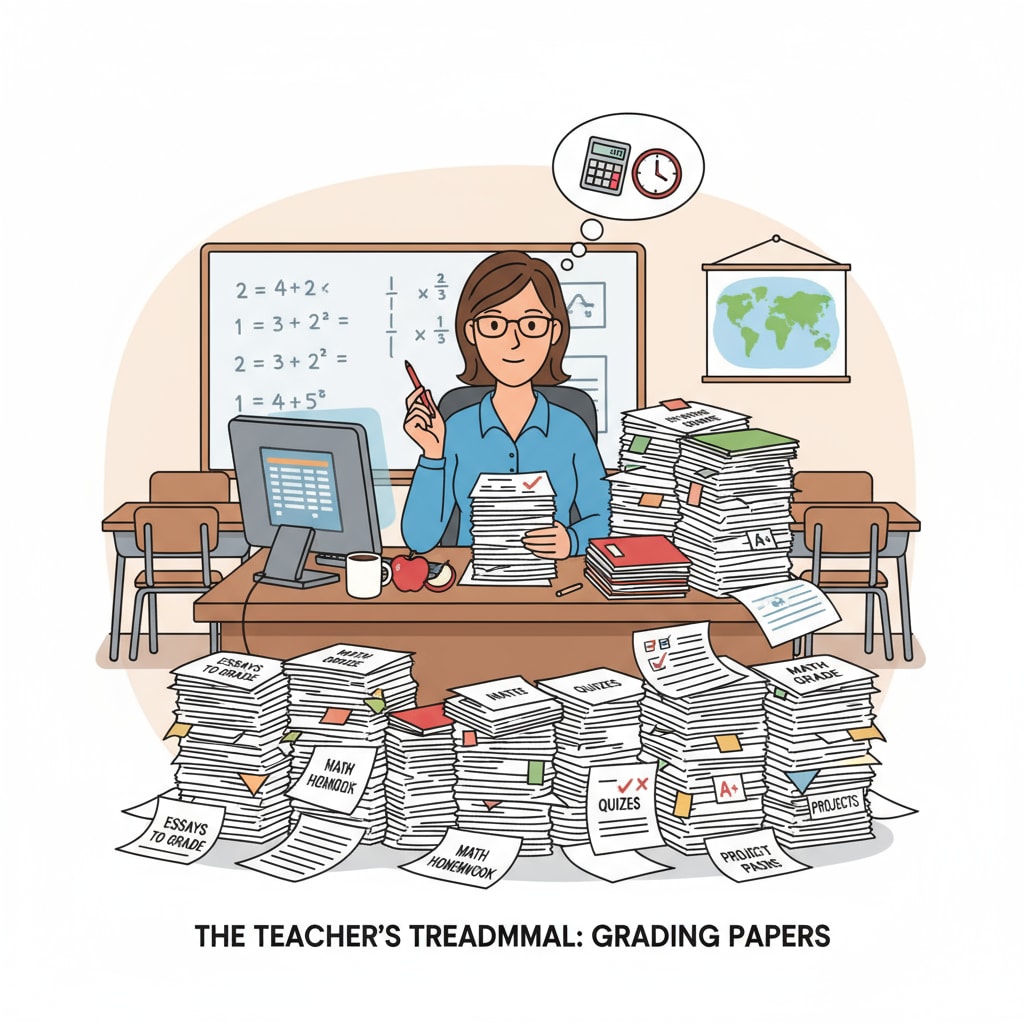Teacher workload, educational technology, and teaching efficiency are crucial aspects in modern education. Teachers today are often burdened with excessive tasks, which not only affects their well-being but also potentially impacts the quality of education. Educational technology, however, holds great promise in alleviating these burdens and enhancing teaching efficiency.

The Current State of Teacher Workload
Teachers are currently facing an overwhelming workload. They are responsible for lesson planning, teaching, grading assignments, providing individualized feedback, and managing classroom discipline. For example, according to data from the National Center for Education Statistics, many teachers spend hours outside of regular school hours on administrative and instructional tasks. This heavy workload can lead to burnout and a decrease in job satisfaction.

The Potential of Educational Technology
Educational technology offers numerous ways to lighten the teacher’s load. For instance, automated grading systems can quickly assess multiple-choice and short-answer questions, saving teachers significant time. Learning management systems (LMS) can streamline lesson delivery, assignment distribution, and communication with students. As a result, teachers can focus more on providing in-depth instruction and personalized support. According to the International Society for Technology in Education, when used effectively, educational technology can transform the teaching and learning experience.
Challenges in Implementing Educational Technology
However, there are challenges in integrating educational technology into teaching. One major hurdle is the lack of teacher training. Many teachers may not be familiar with the latest tech tools, which can lead to hesitation in adoption. Additionally, the cost of implementing certain technologies and ensuring equal access for all students can be a concern. For example, some schools may not have the budget to provide every student with a device for online learning.
To overcome these challenges, schools and districts need to invest in comprehensive teacher training programs. They should also explore cost-effective solutions and ensure that technology is accessible to all students.
Readability guidance: Each section clearly presents a key aspect of the topic. The use of examples and external references helps to illustrate points. Transition words like “however”, “for example”, and “additionally” are used to connect ideas smoothly. Short paragraphs and simple language make the content easy to understand.


